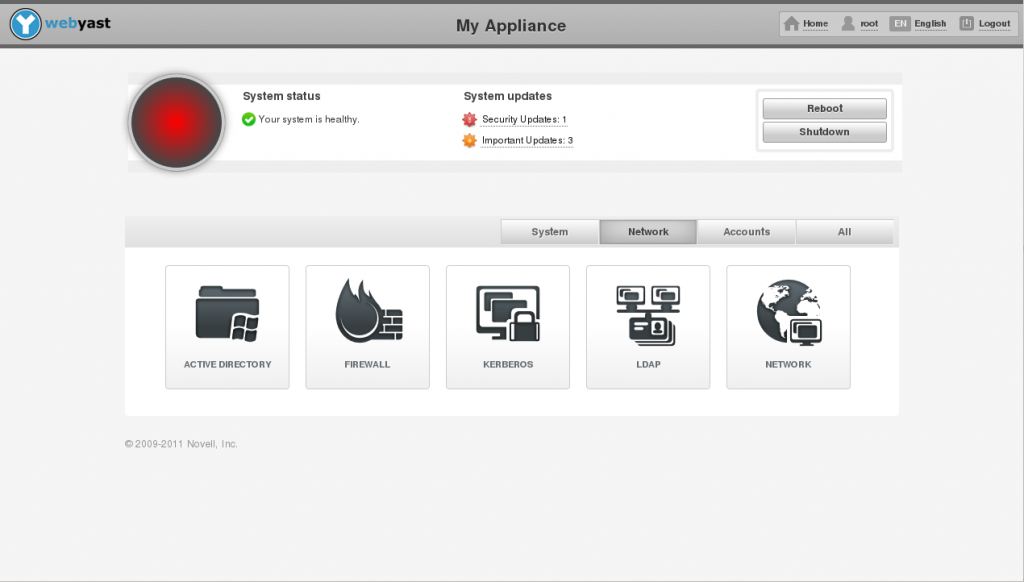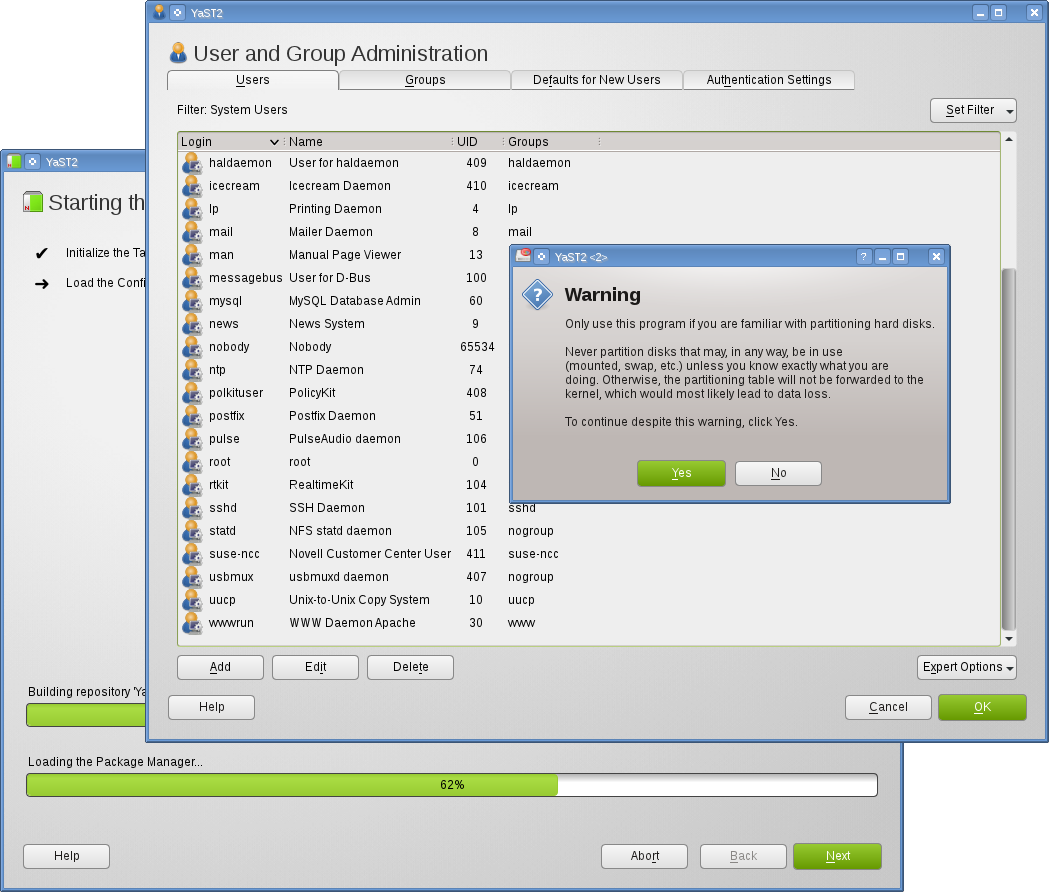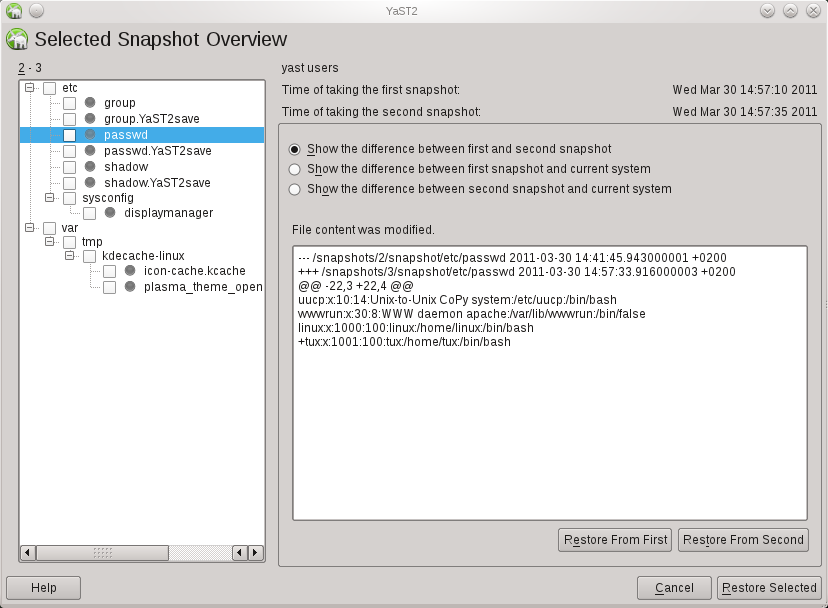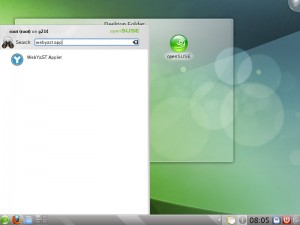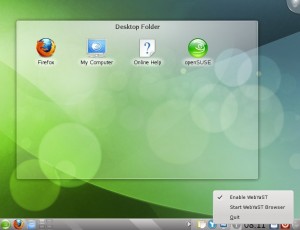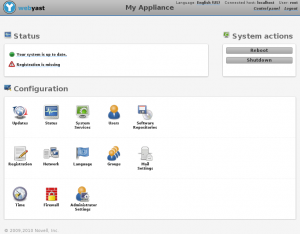WebYaST 0.3 is out
“We have doubled the speed and have halved the memory usage”
The latest version of WebYaST has many improvements regarding speed, memory usage, usability and developing environment:
improvements regarding speed, memory usage, usability and developing environment:
- Speed
Due a new caching mechanism the startup time of each module has been decreased to a maximum of 1-2 seconds. So the user is able now to click through WebYaST without any notable waiting time.
We have made a video which shows the speed improvement: WebYaST Comparison VideoFor more technical information have a look to: WebYaST Caching Howto - Memory Usage
Former versions of WebYaST were split into a service and into an UI part. Each part has run in a own HTTP server. We have decided to bring these parts together in order to save one HTTP server which halves the memory usage.
One additional benefit is that the architecture of WebYaST has simplified a lot: - Simplifying WebYaST architecture
Due the use of one HTTP WebYaST server only the development environment has been simplified very much:- Setup an environment system is much more easier now. Even a setup based on the GIT repository is quite easy.
For more information have a look to : WebYaST Installation - Writing an own WebYaST plugin has been reduced to a minimum effort. Everyone who has read a Ruby on Rails tutorial is now able to write a plugin.
You do not believe ? Then have a look to the Example plugin .
- Setup an environment system is much more easier now. Even a setup based on the GIT repository is quite easy.
How to get:
Available for…
.Sadly it is too late for 12.1 but you can install the packages from the repository described above for 11.4 and 12.1
